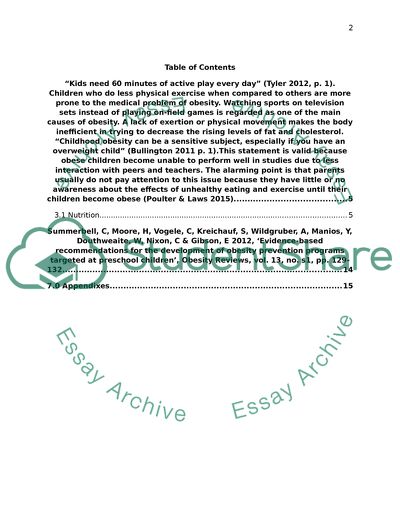Cite this document
(Exploring Parent Knowledge and Understanding of Healthy Eating of Research Proposal, n.d.)
Exploring Parent Knowledge and Understanding of Healthy Eating of Research Proposal. Retrieved from https://studentshare.org/health-sciences-medicine/1880301-exploring-parent-knowledge-and-understanding-of-healthy-eating-and-weight-of-childhood-ages-5-10-years-old
Exploring Parent Knowledge and Understanding of Healthy Eating of Research Proposal. Retrieved from https://studentshare.org/health-sciences-medicine/1880301-exploring-parent-knowledge-and-understanding-of-healthy-eating-and-weight-of-childhood-ages-5-10-years-old
(Exploring Parent Knowledge and Understanding of Healthy Eating of Research Proposal)
Exploring Parent Knowledge and Understanding of Healthy Eating of Research Proposal. https://studentshare.org/health-sciences-medicine/1880301-exploring-parent-knowledge-and-understanding-of-healthy-eating-and-weight-of-childhood-ages-5-10-years-old.
Exploring Parent Knowledge and Understanding of Healthy Eating of Research Proposal. https://studentshare.org/health-sciences-medicine/1880301-exploring-parent-knowledge-and-understanding-of-healthy-eating-and-weight-of-childhood-ages-5-10-years-old.
“Exploring Parent Knowledge and Understanding of Healthy Eating of Research Proposal”, n.d. https://studentshare.org/health-sciences-medicine/1880301-exploring-parent-knowledge-and-understanding-of-healthy-eating-and-weight-of-childhood-ages-5-10-years-old.


